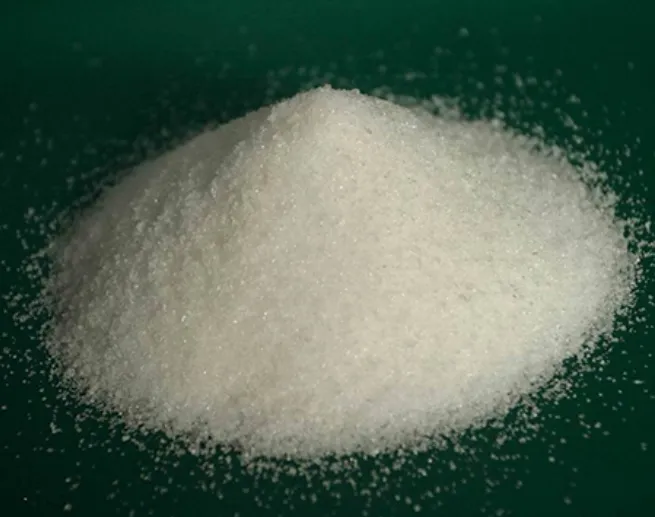Industrialization Improves Water Quality By Using Good Things
The Role of Polyacrylamide in Modern Water Treatment
Industrialization has significantly enhanced our ability to manage water quality, thanks in part to advancements in chemical technologies. One such technology is polyacrylamide, a versatile polymer used in various water treatment applications. When searching for polyacrylamide for sale, you’ll find it plays a crucial role in clarifying and purifying water. The polymer flocculates particles, helping to remove impurities from water more efficiently than traditional methods. This results in cleaner water and reduces the environmental impact of industrial processes.
Advantages of PAM Polyacrylamide in Water Filtration
PAM polyacrylamide is a specific type of polyacrylamide with unique properties beneficial for water filtration. Its high molecular weight and flexibility make it an effective flocculant, which means it assists in clumping together fine particles so they can be easily removed from water. Industries use PAM polyacrylamide in various applications, including wastewater treatment and water recycling. The use of PAM polyacrylamide leads to improved water quality by ensuring that contaminants are efficiently separated and removed, making water safer and more suitable for reuse.
Polyacrylamide Polymer and Its Impact on Industrial Water Management
The polyacrylamide polymer is central to many modern water management systems. Its chemical structure allows it to form networks that capture suspended solids in water, leading to more effective sedimentation. This polymer's efficiency in coagulating and flocculating particles ensures that water treatment processes are not only more effective but also more cost-efficient. By improving the clarity of water and reducing the presence of harmful substances, the polyacrylamide polymer supports both environmental protection and industrial operational efficiency.
Diverse Polyacrylamide Uses in Water Purification
Polyacrylamide uses extend beyond simple water filtration. Its versatility allows it to be applied in various stages of water treatment, including primary clarification, secondary treatment, and even in advanced filtration systems. For instance, it is used in the treatment of both municipal and industrial wastewater, helping to break down organic matter and remove hazardous chemicals. By facilitating cleaner water outputs, polyacrylamide contributes to reducing pollution and enhancing the overall quality of water resources.
The Future of Polyacrylamide in Enhancing Water Quality
Looking ahead, the future of polyacrylamide in water treatment appears promising. Ongoing research aims to improve the efficiency and environmental compatibility of polyacrylamide polymers. Innovations could lead to more sustainable forms of polyacrylamide with reduced environmental impact while maintaining or enhancing their effectiveness in water purification. As industries continue to adopt these advancements, the role of polyacrylamide in improving water quality will likely grow, further demonstrating the benefits of industrialization in water management.
By leveraging technologies such as polyacrylamide, industrialization is making strides in improving water quality. From enhanced filtration systems to more effective waste management practices, these developments underscore the positive impact of modern advancements on our most vital resource.

-
The Ultimate Guide to Flocculants: Transforming Water TreatmentNewsNov.01,2024
-
Improve Your Water Treatment Solutions with PolyacrylamideNewsNov.01,2024
-
Enhance Your Water TreatmentNewsNov.01,2024
-
Empower You to Achieve the Highest Standards of Water QualityNewsNov.01,2024
-
Effective Scale InhibitorsNewsNov.01,2024
-
Discover the Power of Poly Aluminum Chloride in Water TreatmentNewsNov.01,2024





